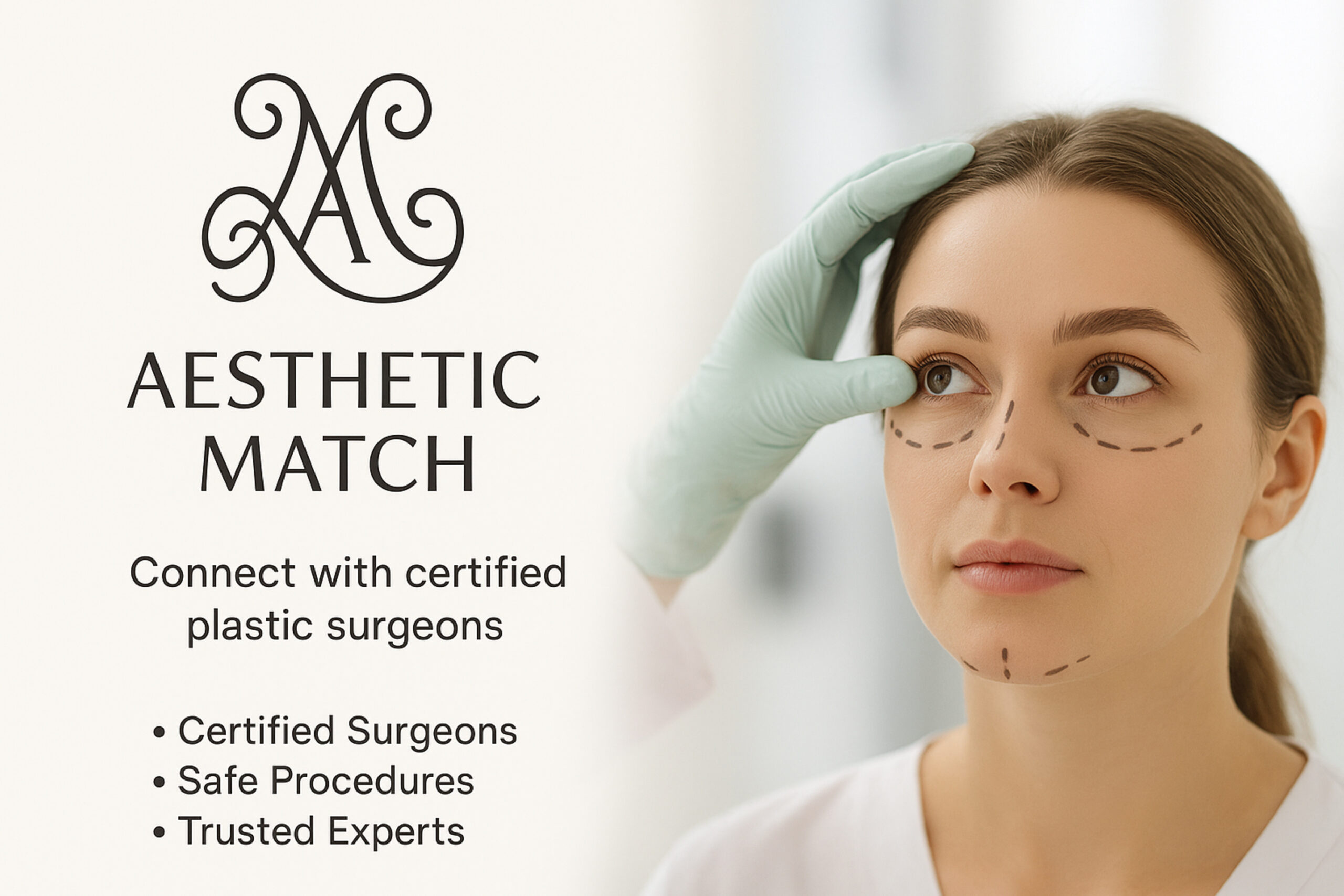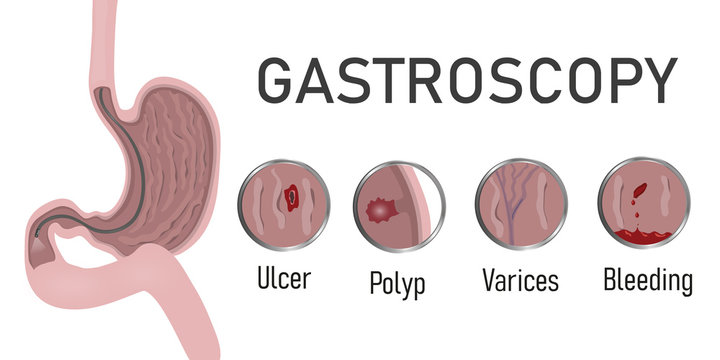Rhinoplasty, commonly referred to as a “nose job,” is a popular cosmetic procedure aimed at reshaping or resizing the nose to achieve a more harmonious facial appearance. As with any surgical intervention, potential patients often have concerns about the visibility of scars post-procedure. One of the most common questions is whether Rhinoplasty in Al Ain leaves any noticeable scars. Understanding the nuances of scar formation and the techniques used by experienced surgeons can help set realistic expectations for those considering this transformation.
In this comprehensive guide, we will explore the factors that influence scar visibility, the different rhinoplasty techniques, and how modern surgical methods aim to minimize or conceal scars. Whether you’re contemplating rhinoplasty for aesthetic enhancement or functional improvement, knowing what to expect regarding scarring can help you make an informed decision.
How Do Scars Form After Rhinoplasty?
The Natural Healing Process
Scarring is a natural part of the body’s healing process after any surgical procedure. When an incision is made, the skin and underlying tissues need time to repair, resulting in the formation of scar tissue. The appearance of scars depends on various factors, including the surgical technique used, skin type, and post-operative care.
Factors Influencing Scar Visibility
Several elements influence how noticeable a scar will be after rhinoplasty:
- Surgical Technique: Different rhinoplasty methods involve varying incision sites.
- Skin Type and Genetics: Some skin types tend to heal with more prominent scars.
- Post-Surgical Care: Proper wound management and follow-up care are crucial in minimizing scar formation.
The Body’s Healing Response
Every individual’s healing response varies. Some may develop minimal scarring, while others might experience more prominent marks. Surgeons employ strategies to optimize healing and reduce scar visibility, which will be discussed further.
Types of Rhinoplasty and Their Impact on Scarring
Open Rhinoplasty
Open rhinoplasty involves an incision made across the columella—the tissue that separates the nostrils—and additional incisions inside the nose. This approach provides the surgeon with better visibility and access to nasal structures, especially for complex reshaping.
- Scar Visibility: The external incision leaves a tiny scar on the columella, which is typically well-hidden and fades over time. Most patients find that this scar becomes barely noticeable after healing.
Closed Rhinoplasty
In closed rhinoplasty, all incisions are made inside the nostrils, avoiding external cuts altogether. This technique is often preferred for less extensive modifications.
- Scar Visibility: Since no external incisions are made, there are no visible scars after closed rhinoplasty. This approach is ideal for patients seeking subtle changes.
Choosing the Right Technique
The decision between open and closed rhinoplasty depends on the complexity of the procedure and individual anatomy. An experienced surgeon assesses each case to select the most appropriate method, balancing the need for surgical access with minimal scarring.
How Modern Techniques Minimize Scarring
Precision and Skill
Advancements in surgical tools and techniques have enabled surgeons to create smaller, less conspicuous incisions. Skilled surgeons employ meticulous suturing and tissue handling to promote optimal healing.
Use of Internal Incisions
Whenever possible, surgeons prefer internal incisions that do not affect the external appearance, especially for minor corrections. This approach significantly reduces visible scarring.
Post-Operative Care
Proper wound care, including avoiding excessive sun exposure and following surgeon instructions, plays a vital role in minimizing scar formation. Scar creams and silicone gels may also be recommended to improve scar appearance.
Innovative Surgical Technologies
Emerging technologies like endoscopic rhinoplasty use specialized instruments to perform precise modifications with minimal incisions, further reducing the likelihood of noticeable scars.
Patient Expectations and Scar Concealment
Healing and Scar Maturation
Over time, scars tend to mature, becoming less noticeable. Most scars from rhinoplasty, especially those on the columella, fade significantly within the first year post-surgery.
Skin Quality and Individual Healing
Patients with thicker skin or certain genetic predispositions may experience more prominent scars. However, with appropriate surgical planning and post-operative care, most scars become virtually invisible.
Psychological Impact
Understanding that scars are usually minimal and well-concealed can help alleviate concerns. Surgeons aim to ensure that post-surgical scars do not detract from the overall aesthetic outcome.
Key Takeaways
- Rhinoplasty generally involves incisions that are carefully placed to minimize or conceal scars.
- The external incision in open rhinoplasty leaves a tiny scar on the columella, which often becomes virtually invisible with proper healing.
- Closed rhinoplasty avoids external scars altogether, making it a preferred option for those concerned about visible marks.
- Advances in surgical techniques and post-operative care significantly contribute to minimizing scar visibility.
- Individual healing responses vary, but most patients find that scars are either minimal or hidden from view.
Conclusion
Rhinoplasty Al Ain typically leaves minimal, well-concealed scars, especially when performed by experienced surgeons utilizing advanced techniques. The external scars, when present, are usually tiny and fade significantly over time, blending seamlessly with the natural contours of the nose. With proper surgical planning and post-operative care, patients can expect excellent aesthetic results without prominent scarring, making rhinoplasty a safe and effective option for facial refinement. If you are considering this procedure, consult with a qualified specialist to discuss your goals and concerns regarding scarring and overall outcomes.



